Excited about my hot garden!
violetwest
10 years ago
Related Stories
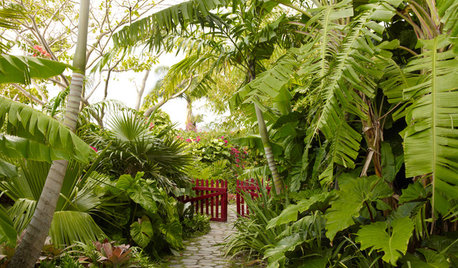
LANDSCAPE DESIGNWild Gardens Bring Excitement and Beauty to Landscapes
Forget what’s expected and ‘fashionable.’ Bold gardens teeming with site-appropriate plants make for a richer experience
Full Story
FALL GARDENINGWhat Monarch Butterflies Taught Me About Garden Design
Thinking like a butterfly leads to fresh perspectives in the garden and in life
Full Story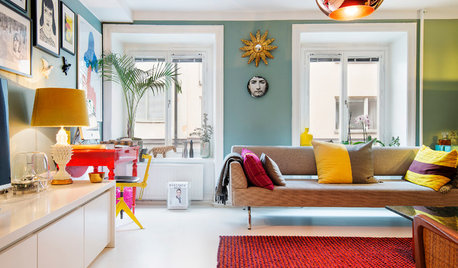
COLORBye-Bye, Minimalist White — The New Nordic Style Is All About Color
The Scandinavian color palette is moving away from pale, cool shades with hot new hues on walls and floors
Full Story
GARDENING GUIDESNew Ways to Think About All That Mulch in the Garden
Before you go making a mountain out of a mulch hill, learn the facts about what your plants and soil really want
Full Story
MOST POPULARWhat to Know About Adding a Deck
Want to increase your living space outside? Learn the requirements, costs and other considerations for building a deck
Full Story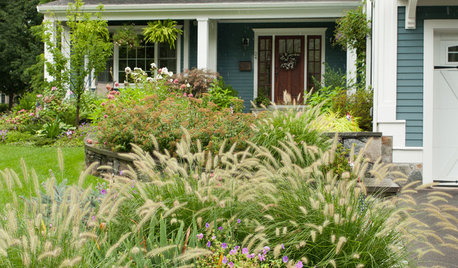
LANDSCAPE DESIGNGreat Design Plant: Lively Fountain Grass Thrives Just About Anywhere
Enjoy fountain grass for its exuberant form, long-lasting color and texture for borders and more
Full Story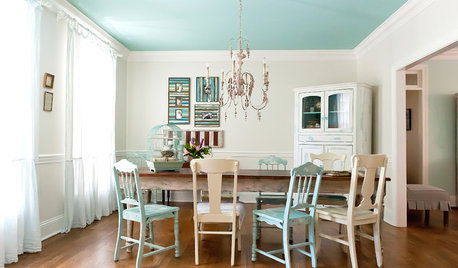
COLORAdd Excitement With Vibrant Ceiling Color
Slather on some bold ceiling color for an instant — and eye-catching — transformation
Full Story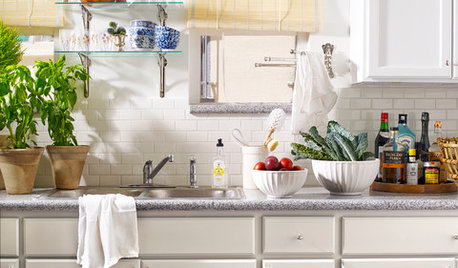
KITCHEN DESIGNKitchen of the Week: Making Over a Rental for About $1,500
Fresh paint, new hardware, added storage, rugs and unexpected touches breathe new life into a Los Angeles apartment’s kitchen
Full Story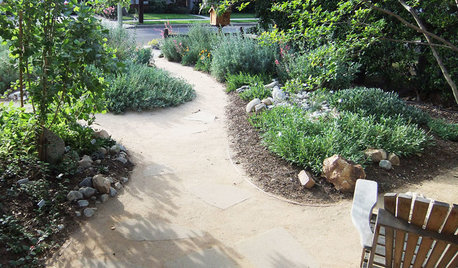
GARDENING GUIDES5 Things to Know About Watering Your Native Garden
Ensure the success of your new plantings with a smart approach to irrigation
Full Story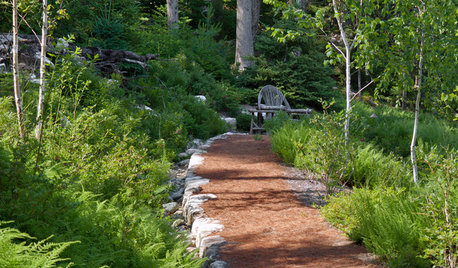
GARDENING GUIDES5 Things to Know About Weeding and Mulching Your Native Garden
What’s the best time to pull weeds? How thick should the mulch be? Here’s the scoop for a healthy landscape
Full Story









violetwestOriginal Author
Annie Deighnaugh
Related Professionals
East Hanover Interior Designers & Decorators · Lomita Interior Designers & Decorators · Ridgefield Interior Designers & Decorators · Charlotte Furniture & Accessories · Fort Wayne Furniture & Accessories · Memphis Furniture & Accessories · Shakopee Furniture & Accessories · Beverly Hills Furniture & Accessories · Nixa Furniture & Accessories · Tucker Furniture & Accessories · Hudson Custom Artists · Springville Custom Artists · Greenville Lighting · Lawrence Lighting · Saint Petersburg Lightingluckygal
cvazqu
violetwestOriginal Author
outsideplaying_gw
violetwestOriginal Author
neetsiepie
violetwestOriginal Author
awm03
lynninnewmexico
violetwestOriginal Author
lynninnewmexico
violetwestOriginal Author
lynninnewmexico
violetwestOriginal Author
lynninnewmexico
TxMarti
violetwestOriginal Author
lynninnewmexico
violetwestOriginal Author
lynninnewmexico
violetwestOriginal Author
outsideplaying_gw
violetwestOriginal Author